MOVE - YOUR BRAIN NEEDS IT
MOVE YOUR BRAIN NEEDS IT
Scientifically Proven Habits That
Turbo Charge Your Brain,
Help You Learn Faster And
Live A Long, Extraordinary Life
Wally Salinger
ISBN: 9798673612316
Copyright 2020 Wally Salinger
All rights reserved.
No portion of this book may be reproduced in any form without permission from the publisher, except as permitted by U.S. copyright law.
DEDICATION
This text is dedicated to those of great stature who trod the movement road, stirring the dust that has settled on my shoes.
Professor Alan Snyder , Centre for The Mind, University of Sydney and Australian National University. Author of What Makes a Champion who sought my help when struck by Parkinsons Disease in his mid 70s. Like a true champion, he pushed physical boundaries and fought a disease that ravaged his being. Together we re learned balance, Yoga breathing and swimming, cycling and running. A genius who led teams in universities to 3 major discoveries on 2 continents, his humility shone through every time he greeted me as coach.
Margaret Power , a powerful representation that movement wasnt just how we got to the bus, but rather a vital component of life. Together we developed the strength, fitness, flexibility and enthusiasm to swim a 4 x 50 Individual Medley at the sprightly young age of 72. Controlling Lupus which afflicted her for more than 10 years through a combination of exercise and diet made her a living example of MOVE! For every minute of struggle and conquering, Margaret and some 200 senior adults like her enjoyed a more active, healthy and vibrant lives. Maintaining a regular income from teaching remedial yoga, her understanding of pain management and the human body was living empathy.
For these giants on whose shoulders I stand, I am deeply grateful.
CONTENTS
ACKNOWLEDGEMENTs
E very day thousands of scientists seek answers to questions that no one has asked before. Their vital work challenges existing knowledge and paves the way for new ways of resolving the challenges facing humanity.
Their findings are the foundation on which MOVE! is written. Represented by a little over 60 individuals in as many institutions they hold the key to mankinds health, growth and very existence.
Often, they are not given credit or recognised for the frustrating hours, failures, sleepless nights and having to stand as a Voice of One crying in the Wilderness. In their solitude, focus and intent, errors will be made. Which will be reviewed by peers over time, corrected in the light of new findings and better equipment or a different approach.
This text is both an ode to science and a warning to humanity. Technologically enhanced, sedentary lifestyles are killing humanity. There is only one proven cure. MOVE!
preface
I n the bottle before you is a solitary pill.
You are here because it has been prescribed for you.
It is a marvel of modern medicine. Go ahead, read the label of benefits.
This pill has the ability to ensure your heart keeps going strong long after the age your mothers heart failed her.
At the same time, it makes it less likely you have a stroke or diabetes.
It will regulate gene transcription throughout your body.
It keeps you slim, trim and looking terrific whilst it prevents obesity.
It prevents 12 types of cancer, gallstone infection and diverticulitis.
Amazingly you can expect the pill to make you stronger while your flexibility and balance are well known by your childrens gymnastics club friends.
It will strengthen your ligaments and keep your joints mobile.
Your mothers osteoporosis will not bother you, as your bones will become stronger.
It improves your blood lipid profile reducing the risk of associated diseases.
Take this pill to grow new capillaries in your heart, your skeletal muscles and your brain, improving blood flow and the delivery of oxygen and nutrients.
You will have a longer attention span, better focus and will find you have more creative solutions and idea.
It will stimulate the growth of new brain cells and strengthen the connections between nerve cells so that learning, remembering and your problem solving skills will improve .
If you have arthritis, your aching joints and increased pain when it is cold will improve.
The pill will help you regulate your appetite and you'll probably find you prefer healthier foods.
You'll feel better, younger even, and you will test younger according to a variety of physiologic measures.
Your blood volume will increase, and you'll burn fats better.
Even your immune system will be stimulated.
There are however, side effects you should consider before taking the pill.
You will have a more restful, deeper sleep, and will wake up refreshed and invigorated in the morning.
All those who take this pill will be in a better mood and will notice balanced emotions.
You will have a better quality of life if you are older.
If you take headache or dementia medication you will feel you dont need it anymore.
There is just one catch.
There's no such pill.
The prescription is exercise.
INTRODUCTION
E xercise improves students test or exam scores according to hundreds of studies from around the world. It doesnt matter which how rich or poor you are, your race or culture or even whether you are in primary, secondary or adult education. The research shows one clear trend. Students who exercise in the morning perform better in classes for the next two hours. Even if you take away classroom time and replace it with sport or physical education, there is no negative impact on test scores.

If we wrap babies and toddlers so they find it hard to move, they quickly stop exploring where they are. However, children who explore and move in lots of ways discover and enjoy the things they find. Primary school students who struggle in a particular subject show improved test scores if they exercise. Active, fit University students perform better on academic exams. Corporate employees show more creativity, lateral thinking and teamwork if they exercise. Older people or those with dementia show better movement, mental function, social engagement and less reliance on drugs.
Exercise produces brain derived neurotropic factor or BDNF. This is a protein that acts like fertiliser for the brain. It causes the growth of new brain cells or neurocytes. If there was no other benefit to the brain, this is a compelling reason to exercise.
Chapter one will provide a broad overview of the effect of exercise on the brain. To help understand the impact of exercise, we will look the following, (even if that is totally different to how teachers have been trained to teach):
how the brain learns,
what the best learning environment might look like,
why the brain performs in a certain way,
things which effect learning and
how we can change students exam scores using a new learning system.
First of all, we will look at the brain changes over the course of life. We will look at different ages or places where we are taught. At each age level we will see impact of fundamental movement, rehabilitative movement, educationally specific movement and physical fitness.


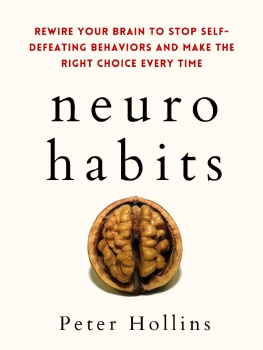
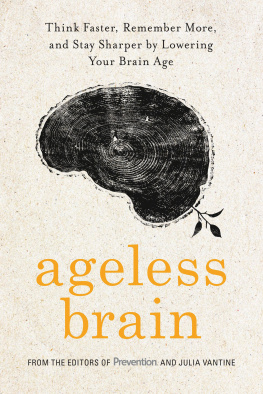
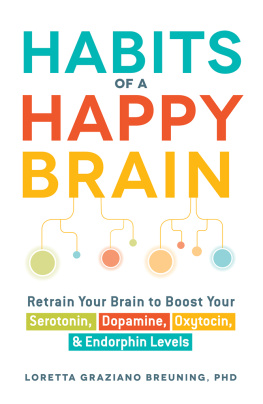
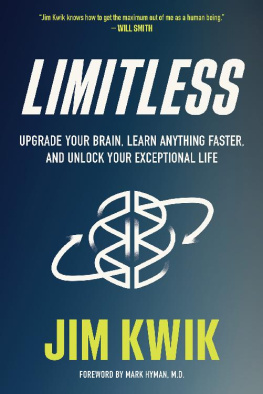
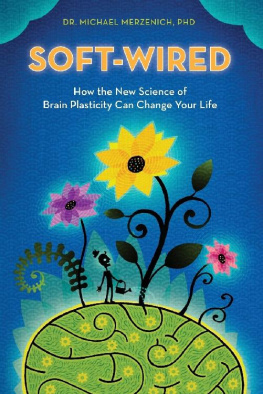
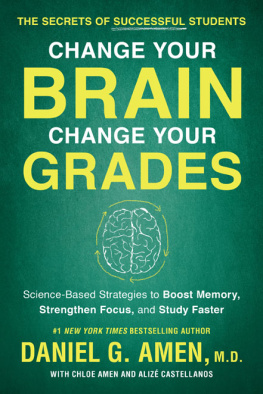
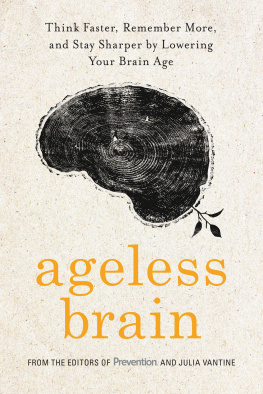

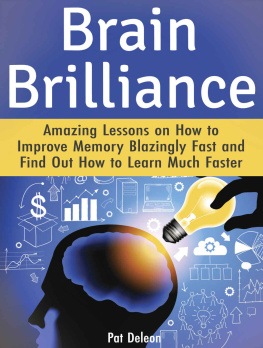
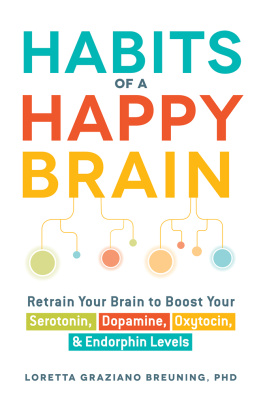

 If we wrap babies and toddlers so they find it hard to move, they quickly stop exploring where they are. However, children who explore and move in lots of ways discover and enjoy the things they find. Primary school students who struggle in a particular subject show improved test scores if they exercise. Active, fit University students perform better on academic exams. Corporate employees show more creativity, lateral thinking and teamwork if they exercise. Older people or those with dementia show better movement, mental function, social engagement and less reliance on drugs.
If we wrap babies and toddlers so they find it hard to move, they quickly stop exploring where they are. However, children who explore and move in lots of ways discover and enjoy the things they find. Primary school students who struggle in a particular subject show improved test scores if they exercise. Active, fit University students perform better on academic exams. Corporate employees show more creativity, lateral thinking and teamwork if they exercise. Older people or those with dementia show better movement, mental function, social engagement and less reliance on drugs.